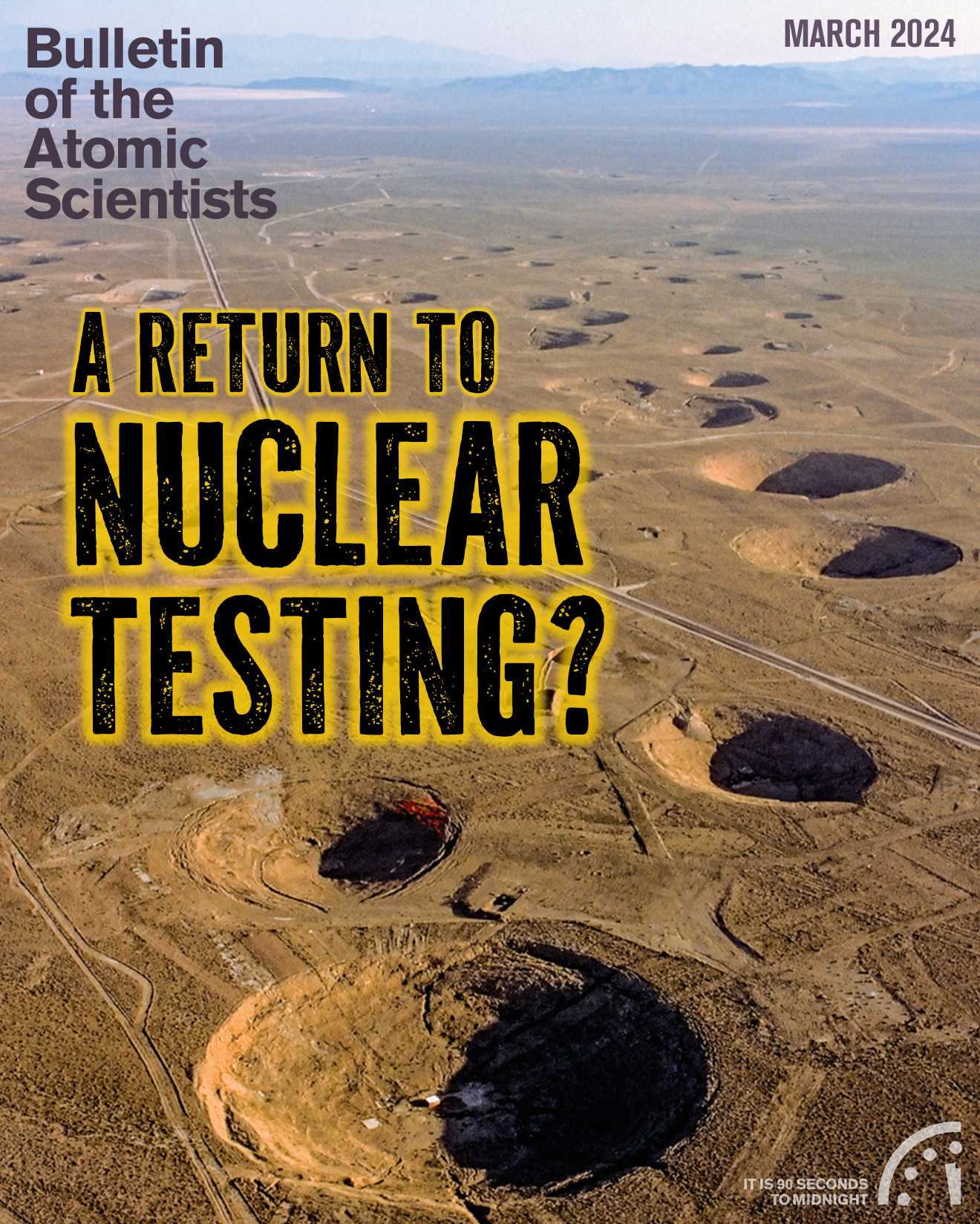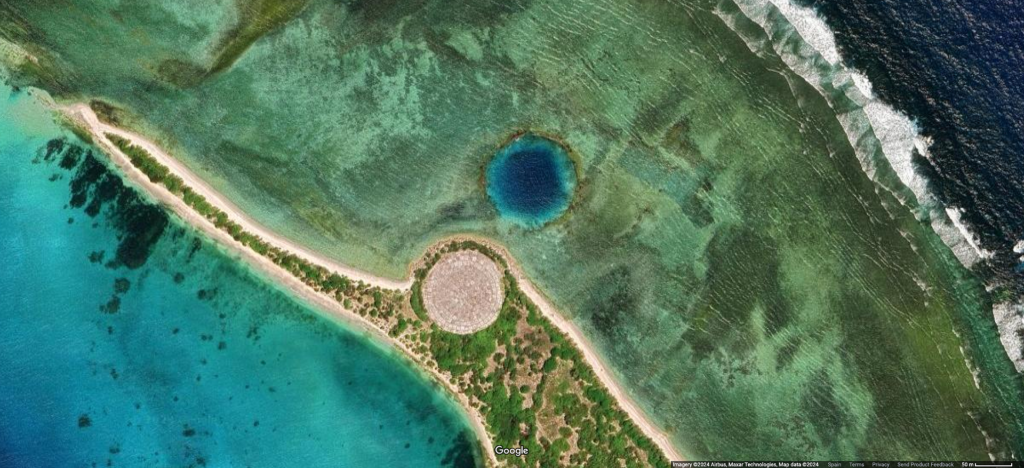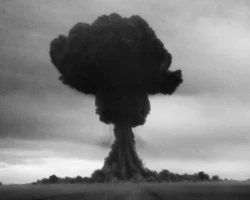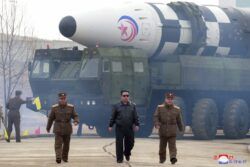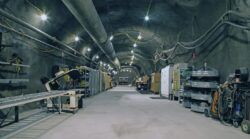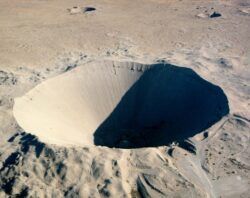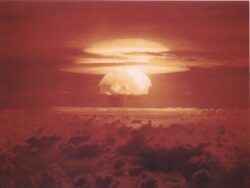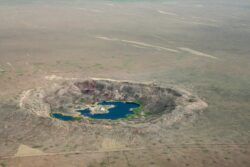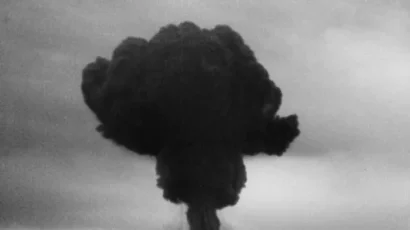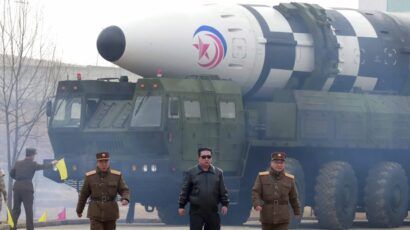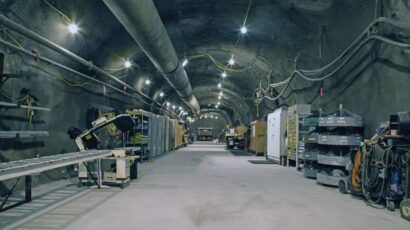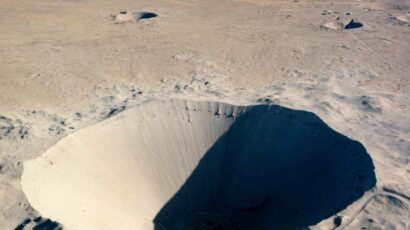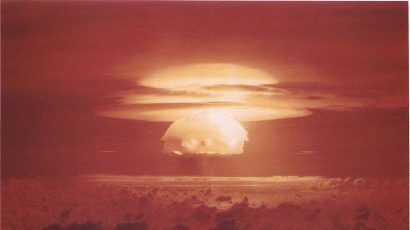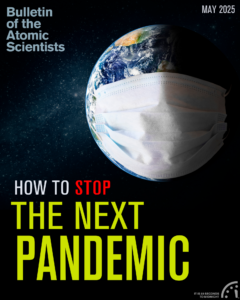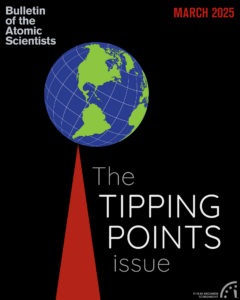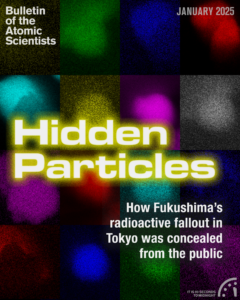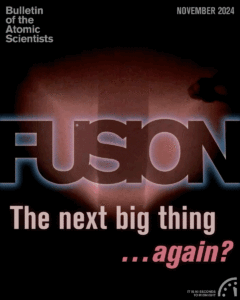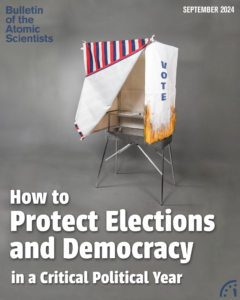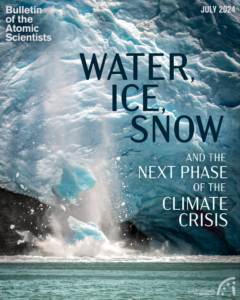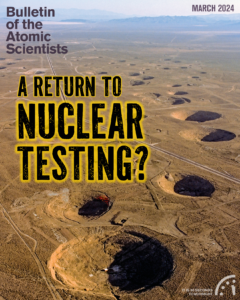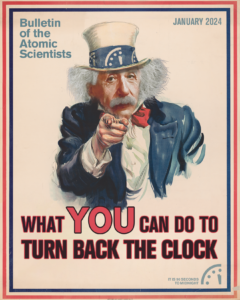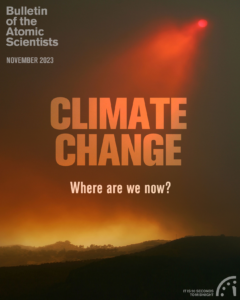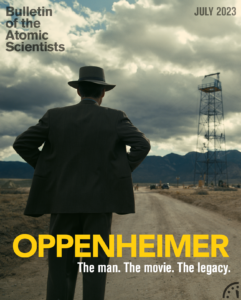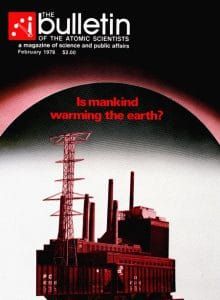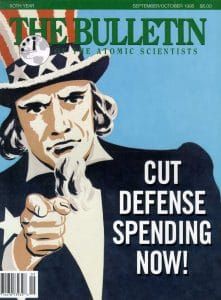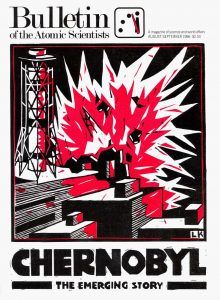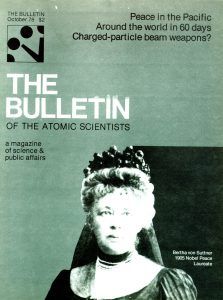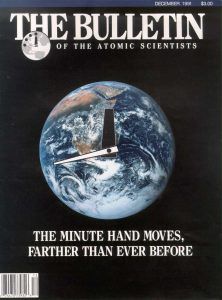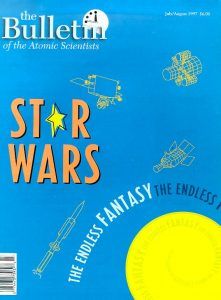DIGITAL MAGAZINE
March 2024
DIGITAL MAGAZINE
March 2024
March 2024
Introduction: Nuclear testing in the 21st century—legacies, tensions, and risks
Moscow and Washington say they won't resume nuclear testing. But despite what officials say, some evidence could suggest otherwise.
Preserving the nuclear test ban after Russia revoked its CTBT ratification
Russia, China, and the US—along with France and the United Kingdom—have declared a testing moratorium, and all insist that they do not conduct any experiments that would violate the CTBT ban on nuclear explosions. But all of the big three keep their test sites ready for a potential resumption of full-scale tests.
The logic for US ratification of the Comprehensive Nuclear Test Ban Treaty
Bringing the Comprehensive Nuclear Test Ban Treaty into force is in the interests of the US, as it would lock in an American advantage in nuclear knowledge and expertise and hinder other states from developing more sophisticated nuclear arms.
To do or not to do: Pyongyang’s seventh nuclear test calculations
A nuclear test often is as political as it is technical. The intricacies of domestic and external politics play into Pyongyang’s decisions on nuclear testing, going far beyond the technical aspects of such tests.
New confidence-building measures can reduce tensions around subcritical tests
In a world where trust in the nonproliferation regime is weakening and most bilateral arms control measures have been suspended, many experts fear that recriminations over very low-yield tests could spark a new escalation spiral to full-scale nuclear tests.
Environmental impacts of underground nuclear weapons testing
Between 1945 and 1996, more than 2,000 nuclear tests were conducted, three-quarters of which were underground. What is their environmental legacy?
The horrors of nuclear weapons testing
People today seem to have forgotten—if they ever knew—what a single nuclear weapon can do. The inhabitants of the Marshall Islands, whose home was turned into a nuclear proving ground, have certainly never forgotten.
Russian nuclear weapons, 2024
Russia is modernizing all its Soviet-era nuclear-capable systems. We estimate that Russia now possesses about 4,380 nuclear warheads.
Preserving the nuclear test ban after Russia revoked its CTBT ratification
Russia, China, and the US—along with France and the United Kingdom—have declared a testing moratorium, and all insist that they do not conduct any experiments that would violate the CTBT ban on nuclear explosions. But all of the big three keep their test sites ready for a potential resumption of full-scale tests.
The logic for US ratification of the Comprehensive Nuclear Test Ban Treaty
Bringing the Comprehensive Nuclear Test Ban Treaty into force is in the interests of the US, as it would lock in an American advantage in nuclear knowledge and expertise and hinder other states from developing more sophisticated nuclear arms.
To do or not to do: Pyongyang’s seventh nuclear test calculations
A nuclear test often is as political as it is technical. The intricacies of domestic and external politics play into Pyongyang’s decisions on nuclear testing, going far beyond the technical aspects of such tests.
New confidence-building measures can reduce tensions around subcritical tests
In a world where trust in the nonproliferation regime is weakening and most bilateral arms control measures have been suspended, many experts fear that recriminations over very low-yield tests could spark a new escalation spiral to full-scale nuclear tests.
Environmental impacts of underground nuclear weapons testing
Between 1945 and 1996, more than 2,000 nuclear tests were conducted, three-quarters of which were underground. What is their environmental legacy?
The horrors of nuclear weapons testing
People today seem to have forgotten—if they ever knew—what a single nuclear weapon can do. The inhabitants of the Marshall Islands, whose home was turned into a nuclear proving ground, have certainly never forgotten.
Russian nuclear weapons, 2024
Russia is modernizing all its Soviet-era nuclear-capable systems. We estimate that Russia now possesses about 4,380 nuclear warheads.
March 2024
Subscribe now
We've relaunched the Bulletin's award-winning digital magazine. Get access to every issue and our archive going back to 1945.
Magazine archive
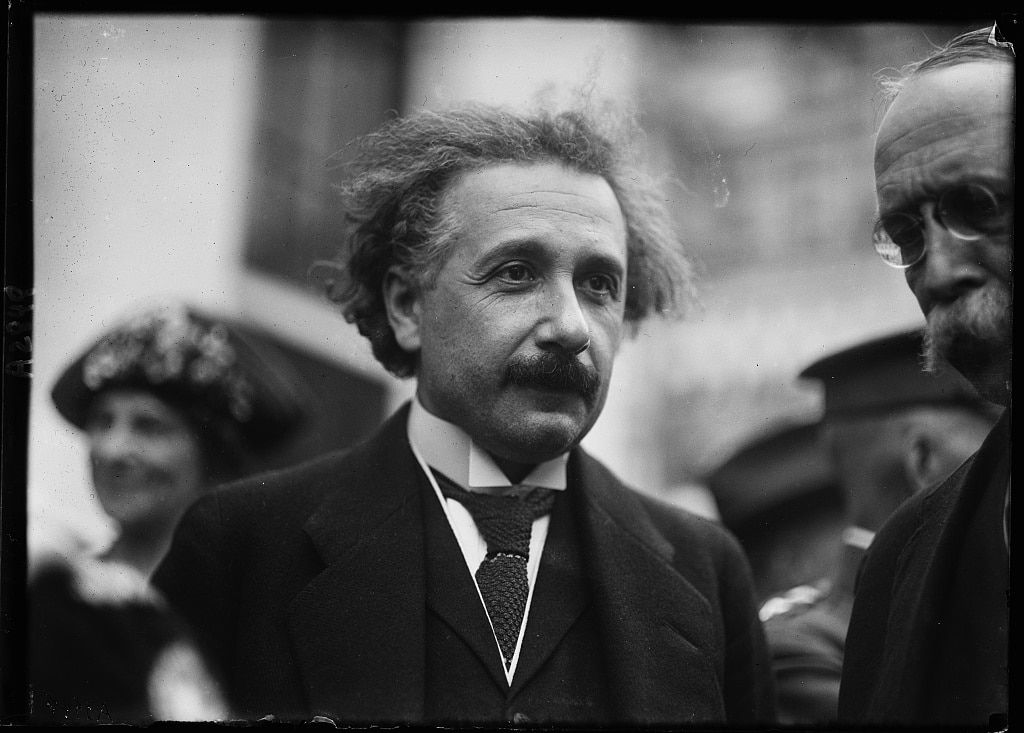
Premium subscribers can read the complete Bulletin of the Atomic Scientists’ archive, which contains every article published since our founding in 1945.
This archive was created in honor of John A. Simpson, one of the Bulletin’s principal founders and a longtime member of its Board of Sponsors. This searchable archive provides exclusive online access to original interviews and commentary by luminaries like Albert Einstein, J. Robert Oppenheimer, Ruth Adams, John F. Kennedy, Stephen Hawking, Christine Todd Whitman, US Secretary of Defense William J. Perry, and multiple Nobel laureates.
